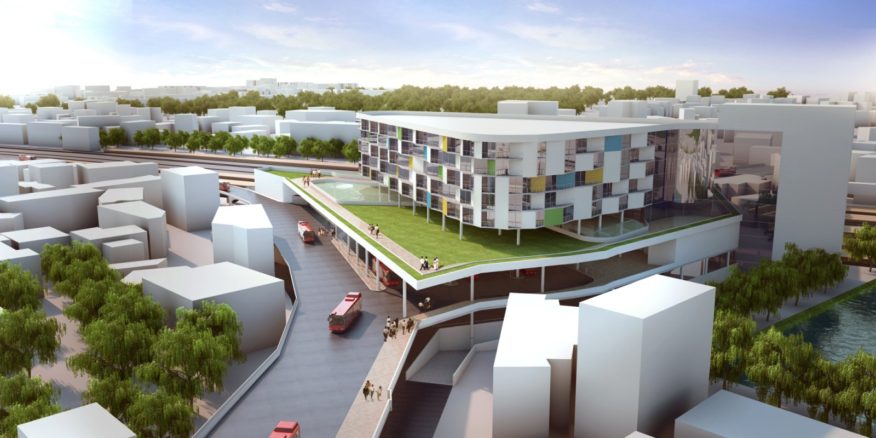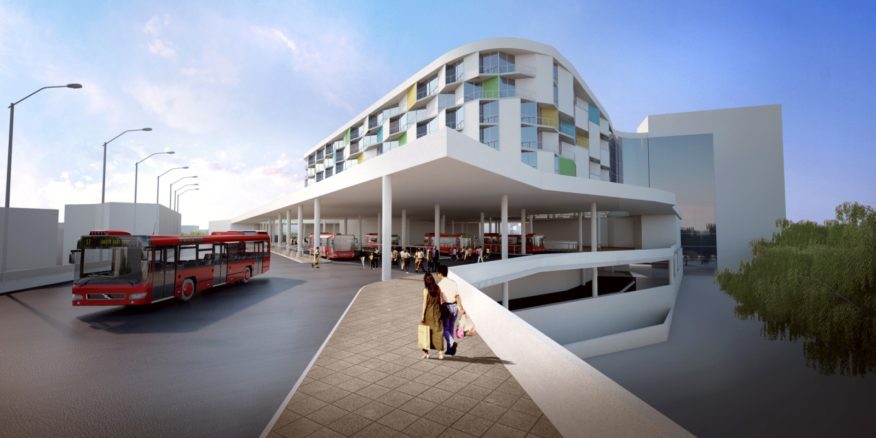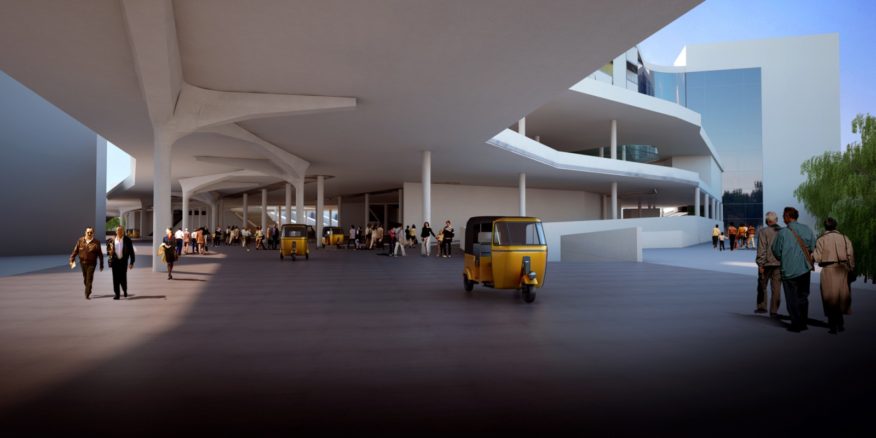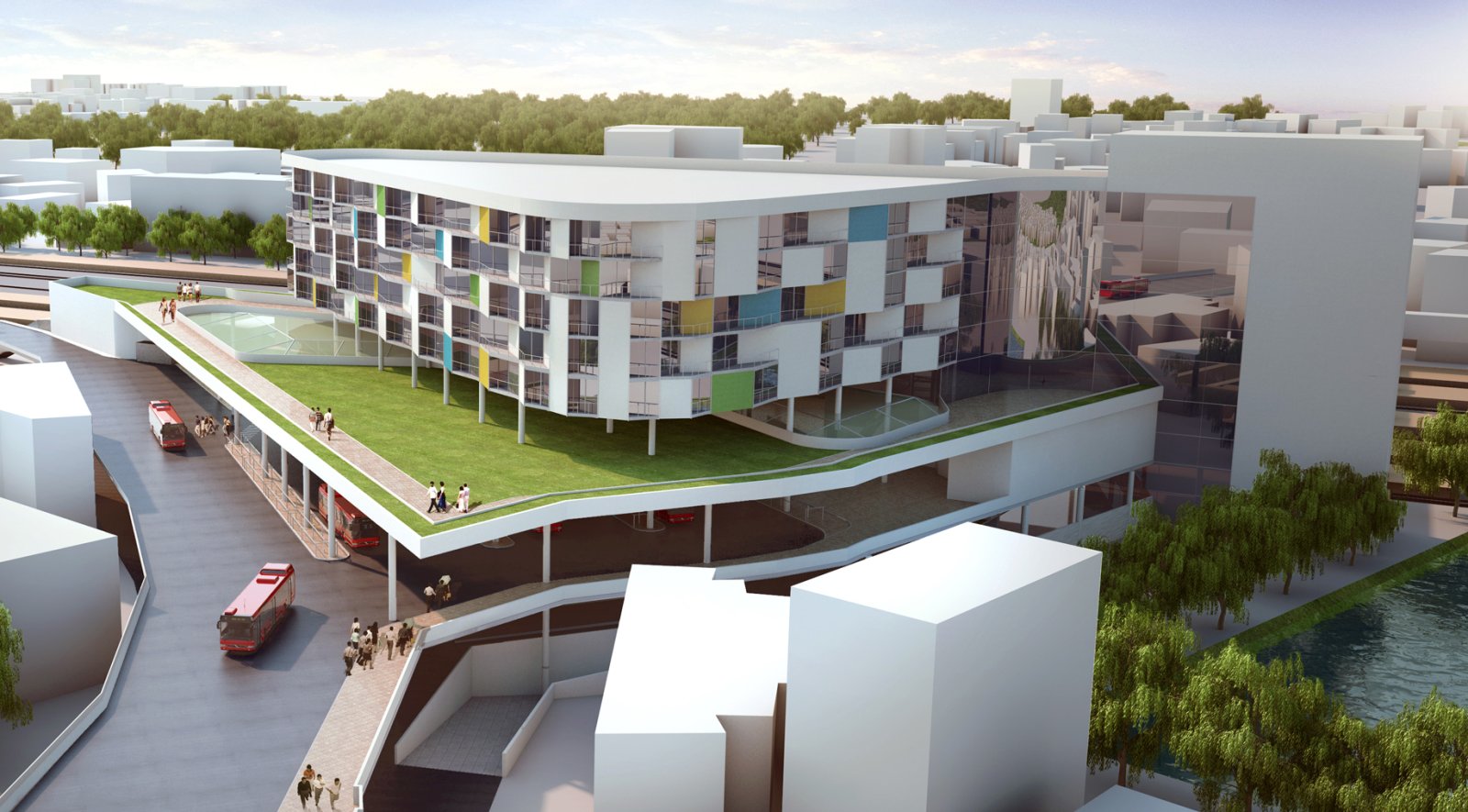
Mumbai’s suburban railway system carries over seven million passengers daily and is one of the busiest commuter rail networks in the world. The overground railway lines that cut through the city, form quite literally the framework upon which the city has been built over the years.

The two station area precinct developments at Thane and Kalyan in the North East of the Mumbai metropolitan region proposed as part of the federal governments “Smart Cities Programme” address the issues of the railway station by firstly broadening the lens of a transportation project in the physical sense to include the larger precinct that it affects.

Besides the physical scope it also broadens the concerns of the project by looking beyond the infrastructural aspects and includes the issues of livelihoods, of the humanising of the scale of interventions, of building up on various organically existing networks within the area, while keeping the pedestrian at the centre of all of the efforts.

The current system of a loose set of overlapping traffic flows that lead to conflicting movements are replaced by segregated one-way flow systems that are stacked vertically. The interventions are seen to be surgically grafted onto the context and designed in manners to be robust, logistically enabling construction while the current system remains in operation and also offering scope for augmentation in the future.

By organising the various traffic modes and providing intuitive, legible, and ample space for commuters interchanging between the various modes of transport, the precincts become spaces that may be navigated in comfort and at ease by all users.

By providing vast, planned parking areas for private vehicles with quick connections to the station platforms, commuting by the train is incentivised. By assimilating existing informal markets and by providing space for both small-scale stalls by local vendors and larger scale retail spaces, the ‘transport node as marketplace’ is formally acknowledged and celebrated.

And by giving dignity and convenience to millions of commuters, by forming public spaces that give back to the city rather than take away, the railway stations become vital constituents of the urban fabric and cherished places in the public consciousness. Source by JDAP.


